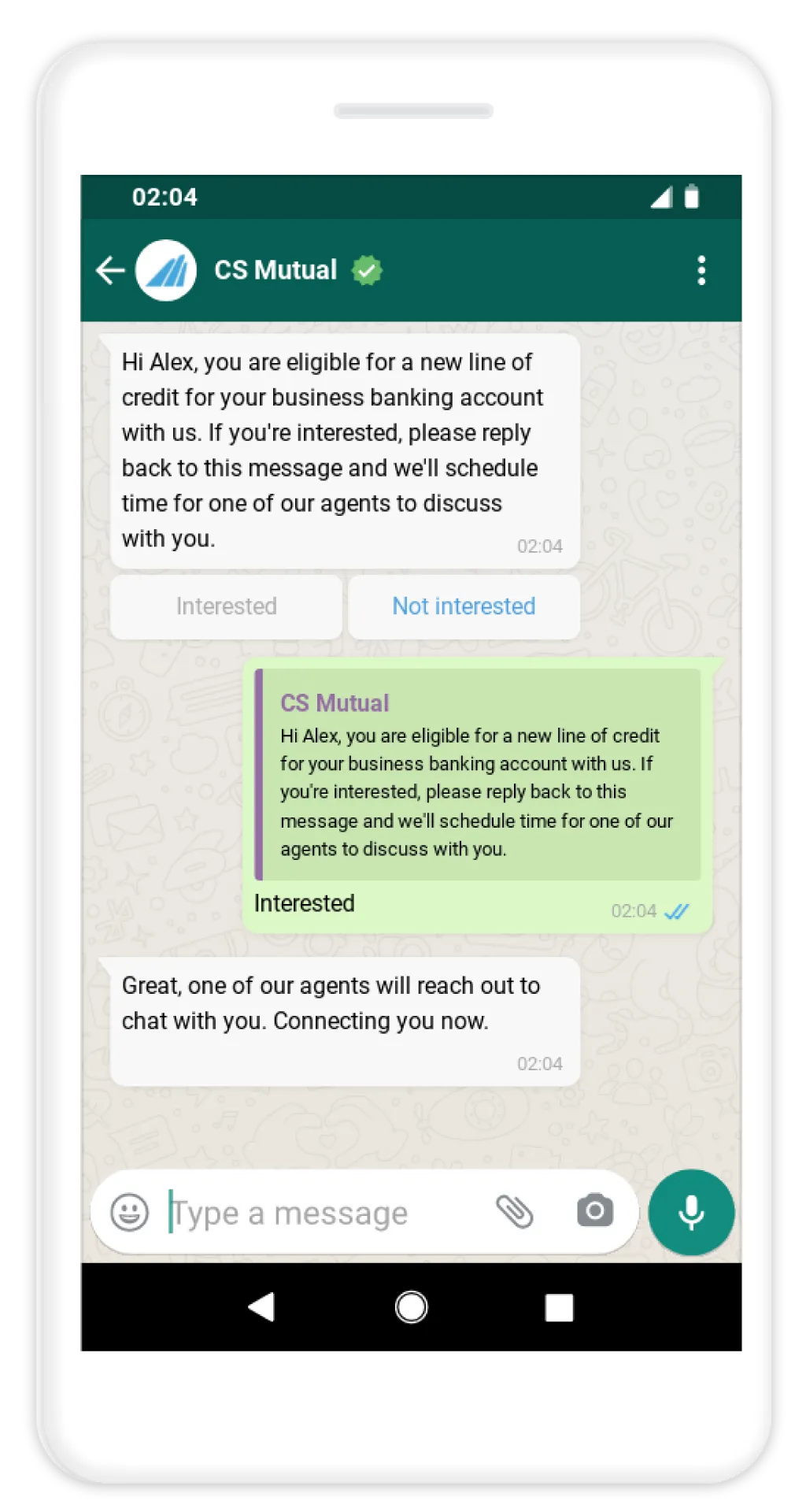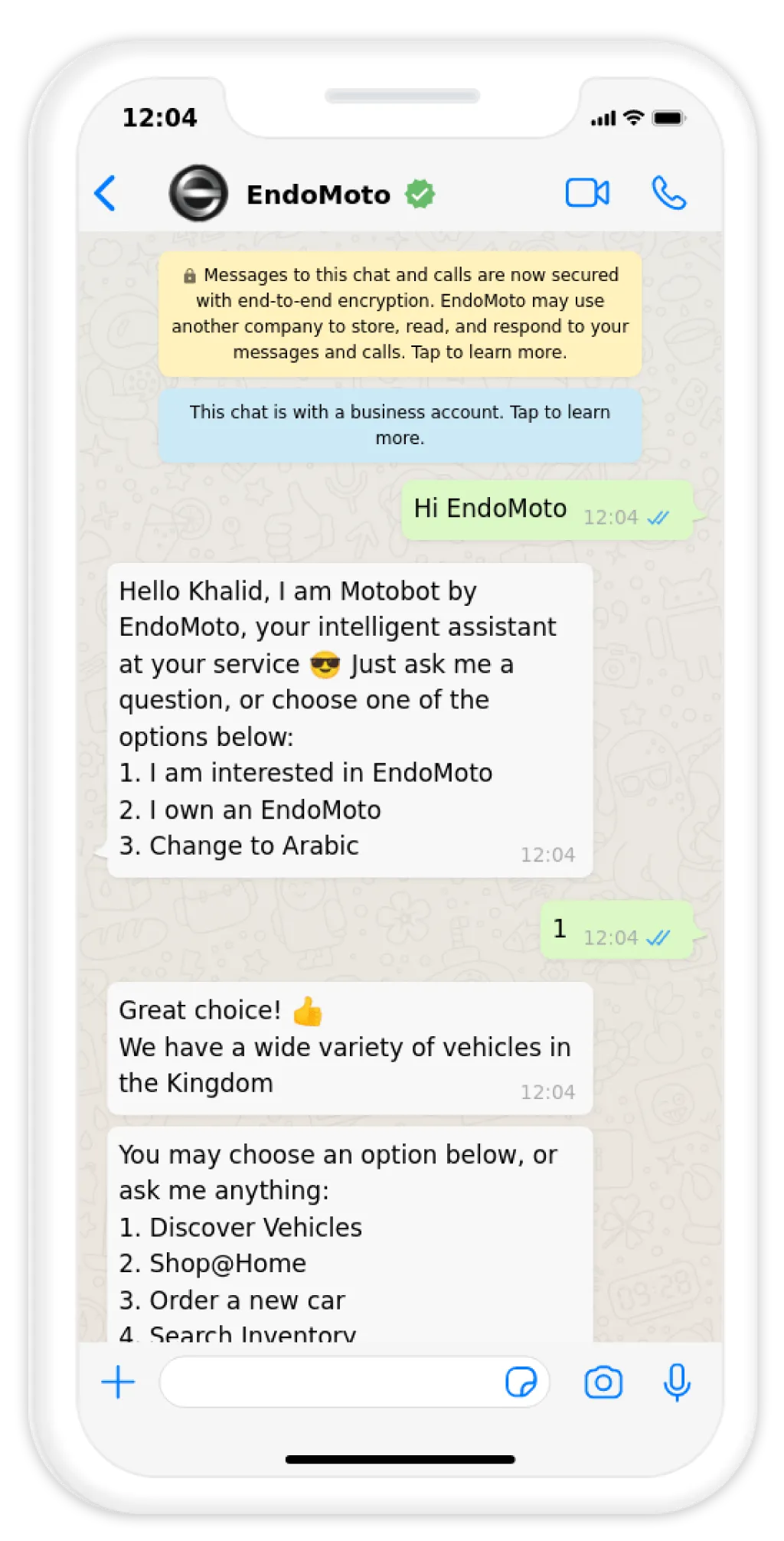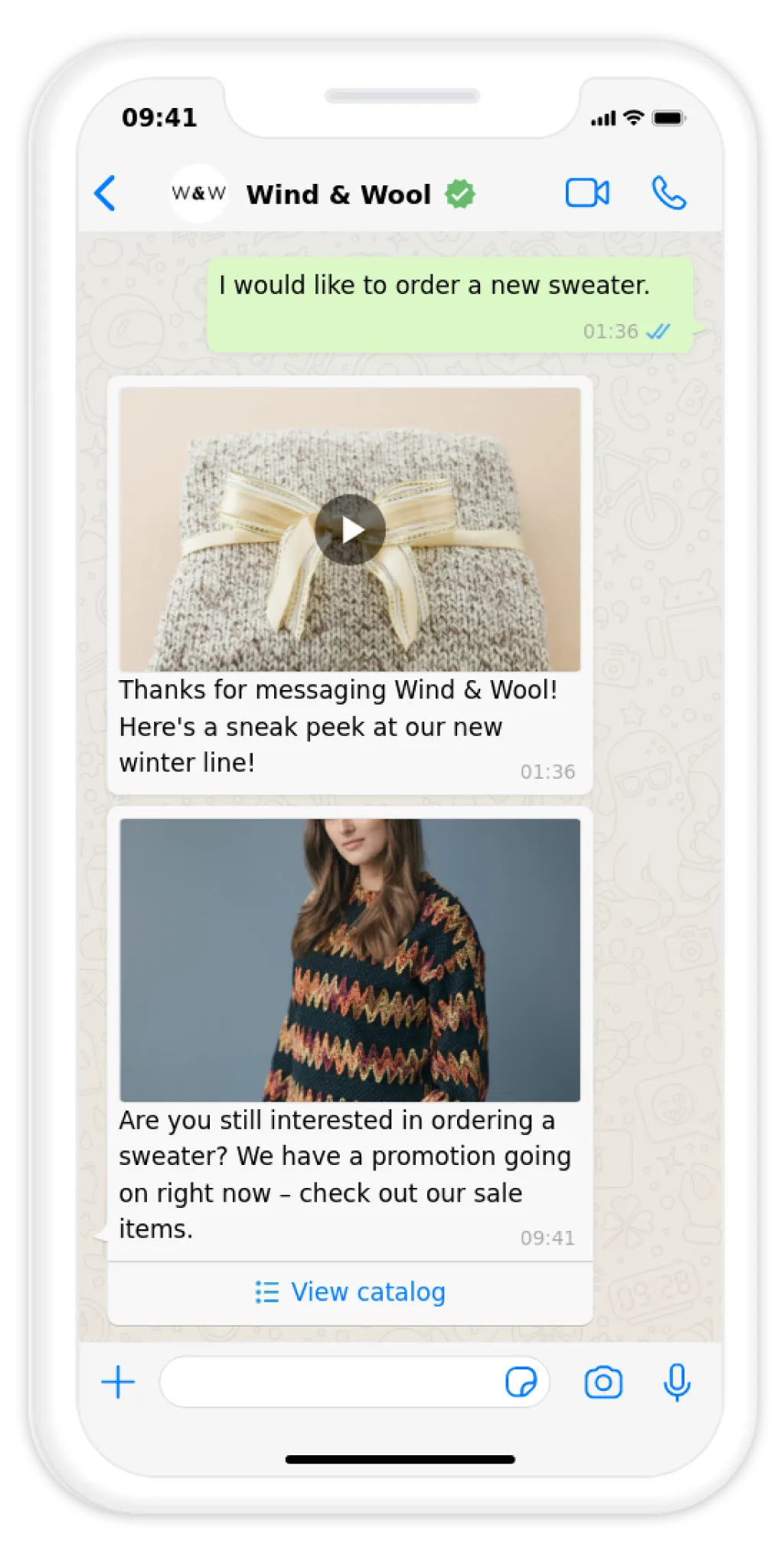
Customers
Why Marketers Need to Embrace Automation, Or Risk Being Left Behind
December 20, 2022
When it comes to customers around the world, automation is a familiar tool and it’s used, in one form or another, every day. It could be an automated text message to confirm an appointment, a ‘thank you’ email sent automatically after completing a purchase, or an automated reminder that a subscription will end soon. Regardless, studies show that 70% of U.S. shoppers1 surveyed said they use a site’s chatbot every visit or often.
So why are marketers so doubtful when it comes to the power of automation?
A study from Gartner found that a whopping 73% of marketers2 surveyed don’t trust machine learning or artificial intelligence with important decisions. Many marketers are hesitant to implement automation into their existing and future marketing channels, and it’s holding them back. Among those surveyed, marketers identified that not understanding functionality, inability to explain how automation works, and too much technical language from data scientists are the main drivers of this distrust.
The takeaway? Marketers feel uninformed about how automation works, and how it can help them.
Which is why we’re here to help bridge the gap in understanding and enable marketing leaders to feel empowered by automation, including all the benefits it can bring to enterprise businesses. Read on to explore how you can start using automation to better engage your audience, scale customer communications, and drive continuous growth.
A new way for marketers to engage customers
In a recent study from Harvard Business Review, 88% of respondents3 agreed that customer engagement has a significant impact on their organization’s bottom line. We know that it’s critical for marketers to keep audiences engaged, and understand how to create touchpoints that feel relevant and important (instead of sales-y or spammy). But many marketing leaders miss the opportunity to engage new and existing audiences by implementing automation into their marketing channels. An open-minded and proactive approach to automation is in fact key to increasing customer engagement, here’s why.
Automation tools like chatbots have the ability to review past interactions with a customer to retrieve critical first-party data on their preferences, order history, previous questions, and more. Using this data, marketers can create highly personalized, and automated, messages to customers to boost engagement. By employing a chatbot to your advantage, you can not only send a curated message to a customer including their favorite products and services, but you can also automate the message itself, allowing you to scale marketing outreach across target audiences. Messaging apps can help provide the best automated and personalized experience for your customer, using conversations to engage prospects at the top of the marketing funnel, and nurture them with relevant content throughout the middle.
Sending media messages with engaging content like videos and links to learn more can make or break a potential sale, and build loyalty with your audience. A survey from Gartner showed that 73% of customers4 said they appreciate when companies proactively provide educational content about products and services. Additionally, 62% of customers from the same study said they’re also more likely to buy from a brand that offers helpful content. Using automation to your advantage to deliver relevant and informative content to customers can help nurture potential customers to sale, without requiring extra man-power from customer service agents. Your customers want to engage with the content you have to share. Integrating automation into this process helps your business reach customers across time zones and scale your outreach to promote growth.
Combining automation with a human touch from your business is the best method to make sure customers are happy, and that they know they can still reach a real person when needed.

Automation has the power to transform conversations across the funnel.
Think you’re currently maximizing the performance of your marketing funnel? If you have yet to implement tools like chatbots and live chat into your digital channels, you might want to think again. A whopping 75% of internet users5 surveyed worldwide will use a messaging app monthly by 2024. With a vastly-growing audience already using messaging apps, if you haven’t started automating your messaging flows, it could become increasingly difficult to reach these critical customers. According to Forrester’s 2021 Moments Map6, 50% of US online adults surveyed use chat to make purchases, with the level of use increasing among younger demographics, peaking with 25- to 34-year-olds at 62%.
To maximize the benefits automation has to offer, marketers should be implementing it across the marketing funnel—saving time and creating efficiency at all stages. Automated outreach on messaging apps can range from top of funnel, like an introductory message to create awareness about a new product, to middle and bottom of funnel where customers can be guided to get the help they need to make their purchase. These kinds of automated conversations are still highly personalized to the customer using first-party data, and customers can engage with various types of content to learn more about your brand and your products.
Nurturing prospects to sale with relevant content and offers is a major benefit of implementing automation, since customers can reach out for more info on their time and set the pace. Automated responses to customer inquiries help ensure that your business keeps a high response rate, while getting customers the answers they need and building loyalty as a result. Nurture newly-acquired leads with automated replies to your company’s FAQs, helping qualify prospects without additional involvement or resources from agents. Additionally, quick reply buttons in an automated message help take the guesswork out of how a customer can respond in-chat, allowing for quicker and more efficient communication. Prospects can simply press a button to learn more, check availability, place an order, or speak to a live agent.
When implementing automated messages across your marketing funnel, remember that personalization is key to ensuring high engagement rates, and to keep messages useful and relevant to your audience. Not sure the best way to begin working automation into your conversations with customers? We’ve got you covered.
Here are some examples of automated WhatsApp messages your business can start using now
When you begin integrating automation into your chat flows, keep in mind that you can automate across any stage. If your business is struggling with low levels of engagement, try integrating at the awareness stage. Likewise if it’s conversion rates you’re concerned with, try working automation into the middle or bottom of your funnel.
Relevant reminders and notifications on WhatsApp are a simple and easy place to start. Automated recurring messages can help your business remind customers of monthly subscriptions on the way, to top up their minutes, get account balance statements, and much more. What’s more, re-engaging customers who’ve dropped out of your funnel with an automated cart abandonment reminder can help to put your business back on their radar. Coupling an abandoned cart reminder with a coupon or offer to help customers make the decision to purchase is even more effective, and is a proven way7 to increase conversion rates.
Automated WhatsApp messages with birthday rewards or personalized coupons are an excellent way to keep customers engaged throughout the year, whether they’ve recently made a purchase or not. Letting your customers know you value their business with a special discount is always helpful to win them over, and keep your business top-of-mind instead of your competitors.
Automated message featuring a new product
Automated chatbot response to a lead who clicked an ad CTA to start a conversation
Automated message with a special offer to re-engage customer
Make automated marketing messages easier with WhatsApp
The time to start implementing automation across your marketing funnel is now. Automation can help marketing leaders drive increased engagement and reach across multiple audiences. Use automated messages to start nurturing new leads and help move them through the funnel more quickly and efficiently, with fewer marketing dollars and resources spent from your business.
Integrating a chatbot into your WhatsApp conversations is easy and effective, and can help you scale to drive better business outcomes. Want to learn more? Read Getting Value from WhatsApp Messaging.


